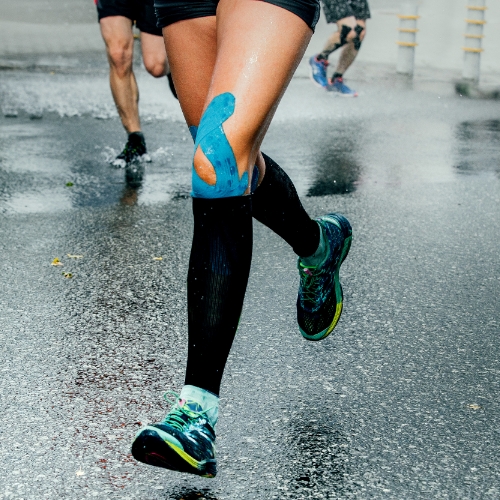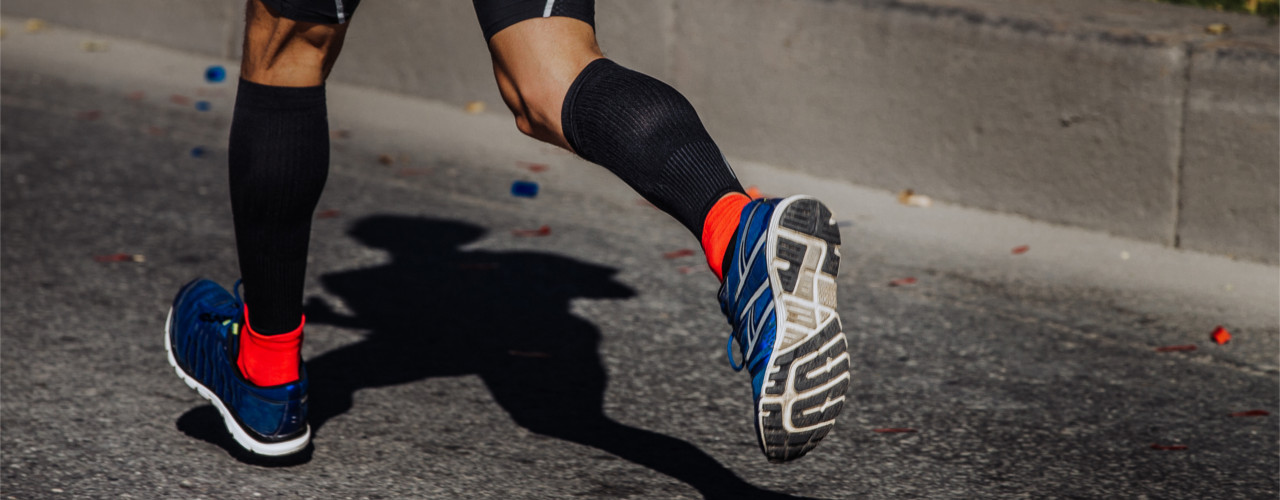
Improve Your Blood Circulation and Relieve Your Pain with Compression Garments
Do you have poor circulation? Do you notice frequent swelling in certain parts of your body? Do you stand for prolonged periods of time? If so, you could benefit from a compression garment, sock, or hosiery therapy.
While this may seem counterintuitive, compression garments actually help to increase blood flow. Contact Mobility Project Physical Therapy today to discover how!
How do compression garments work?
Compression garments are thick pieces of fabric that are designed to decrease blood flow to working muscles, in order to promote hypertrophy (increase in muscle mass) and prevent disuse atrophy (decrease in muscle mass).
The most accepted theory of why this type of therapy works is that restricted blood flow creates a localized hypoxia which also results in a higher number of metabolites deployed to that area. Best of all, these metabolites are not flushed out as quickly due to decreased blood flow.
The pressure created by these compression devices is high enough to occlude blood flow at 50-80% within the affected muscles. While this may sound intimidating, the local hypoxia actually helps in accumulating more metabolites, in order to regulate the body’s anabolic response system (also known as the way in which the body gains muscle protein).
Essentially, restricting the blood flow in the affected area helps to build more muscle protein – and, in turn, helps blood flow more efficiently afterward. Additional physiological responses to compression garments include:
- Increased anabolic growth factors
- Fast twitch fiber recruitment
- Muscle fiber synthesis
- Heat shock proteins
- Nitric oxide synthase
- Decreased expression of myostatin
Are compression garments right for me?
While anyone with poor circulation or swelling can benefit from compression garments, there are certain conditions that are more commonly treated with this method. These include:
- Chronic venous insufficiency
- Varicose veins
- Pregnancy
- Lymphedema
- Edema
- Deep vein thrombosis
- Phlebitis
- Lipodermatosclerosis
If you have one of the above conditions, it is likely that compression garments will help you. However, you do not need to have one of these conditions in order to benefit from the effects of compression garments.
Your physical therapist will help you determine if this treatment method is best for your specific needs.
How can I get started?
If you think you may benefit from compression garments, contact Mobility Project Physical Therapy today to schedule a consultation with one of our licensed Eugene physical therapists.
At your initial appointment, one of our Eugene physical therapists will conduct a physical evaluation, analysis of medical history, and discussion of symptoms, in order to determine if compression garments are right for you.
When prescribed a compression device, your physical therapist will measure the amount of pressure that is recommended for the affected area, in order for you to successfully benefit from the compressions.
The intended goal of compression garments is to stimulate the body’s natural healing and tissue-building processes, so your blood can flow with ease throughout your body.
Your Next Steps…
Request An Appointment
Receive A Custom Treatment Plan
Work Hard and Progress In Your Recovery
Recover & Enjoy Life Pain-Free!

